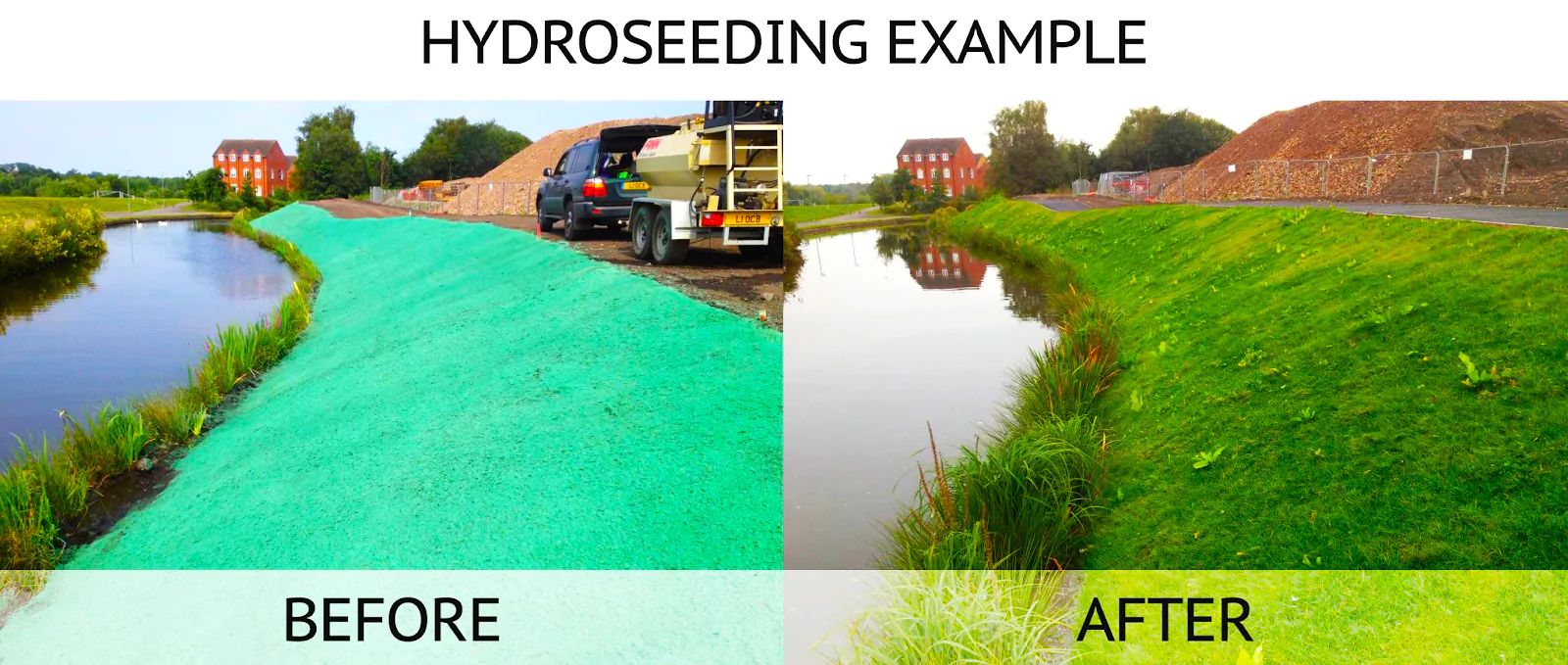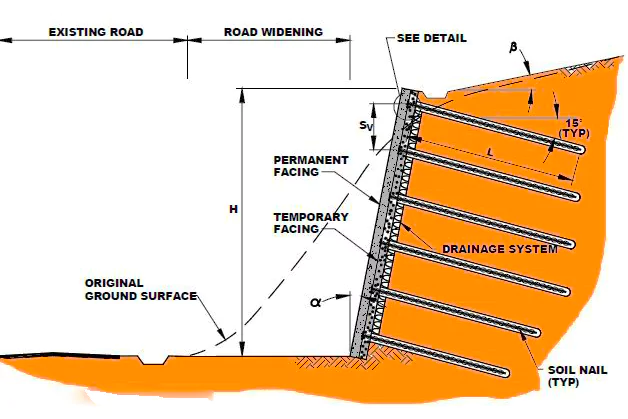Context
The State highways department of Tamil Nadu is undertaking a project, known as the ‘Slope Stabilization using Soil Nailing and Hydroseeding method’ around the Nilgiris’ major roads.
SOIL NAILING FOR NILGIRIS
The project is being undertaken around the Nilgiris major roads at five locations in Ketti, Kattabettu, Perar, Kudah and Udhagamandalam by growing grasses to prevent soil erosion.
- The five locations are prone to landslips and hence require alternative methods of slope stabilization to prevent future hazards.
- Hydroseeding: Around five species of grasses, including a few local species native to India will be grown along the slopes in the five locations.
- The highways department will take up the maintenance of the grasses once the hydroseeding is completed
Enroll now for UPSC Online Course
Hydroseeding
It is a seeding technique whereby a mixture of seeds, fertilizer, organic materials and water is applied onto the soil to facilitate the growth of grass and plant-life, and help hold the top soil together and prevent erosion.
- On Slopes: Soil binders and tackifer (It is a chemical compound that helps the material adhere to the slope) are added to a slurry to give temporary soil cohesion, holding the seed and surface soil particles in place on steep slopes helping to ensure even cover establishment.
- Application: The hydroseeding method is well adapted for re-vegetation of huge tracks of land, as well as for poor or barren land of sand or rock and generally for steep, denuded slopes which are often difficult to revegetate.

|
What is Soil Nailing Technique?
Soil nailing is a geotechnical engineering slope reinforcement construction method, utilizing in-situ soil reinforcement to enhance stability.
- The technique: The process involves inserting slender rebars into the soil, laying reinforcing mesh on the slope surface, and applying concrete to form a composite body, making a structure, akin to a gravity retaining wall, securely bonds reinforced rods with the surrounding soil.
-
Application:

-
- Slope Stabilization: Factors like soil type, water content, and external loads contribute to slope instability. Soil nailing mitigates slope instability by reinforcing the soil, preventing collapse, and enhancing overall slope stability.
- Retaining Wall Construction: They are structures designed to hold back soil and prevent erosion, commonly seen in hilly terrain or areas with elevation changes. Retaining walls rely heavily on soil nails to reinforce and stabilize them to ensure their durability and structural integrity.
- Tunneling and Underground Excavations: Soil nails could provide crucial ground support in tunneling and underground excavations, reducing the risk of soil collapses and ensuring the safety of structures above.
-
Advantages:
- Cost-Effective and Efficient: Soil nailing proves to be a cost-effective and time-efficient solution, reducing construction periods and associated expenses.
- Versatile: The technique adapts to different soil conditions, making it applicable in a wide range of geological settings.
- Minimal Disruption to Surrounding Structures: Soil nailing minimizes disruption to surrounding structures, making it a preferred choice in urban environments and areas with existing infrastructure.
- Economical: The technique is more feasible and more economical and quieter compared to the driven piles method for shoring walls above about 10 feet.
-
Limitations:
- Depth Limitations: The technique has depth constraints, where the effectiveness of soil nailing diminishes with increased depth.
- Dependency on Soil Conditions: The efficacy of soil nailing is highly dependent on soil conditions, and unsuitable conditions may impact the overall stability achieved.
- Maintenance and Monitoring Requirements: Regular maintenance and monitoring are essential for ensuring the long-term effectiveness of soil nailing, adding to the overall project costs.
Enroll now for UPSC Online Classes
![]() 16 May 2024
16 May 2024

